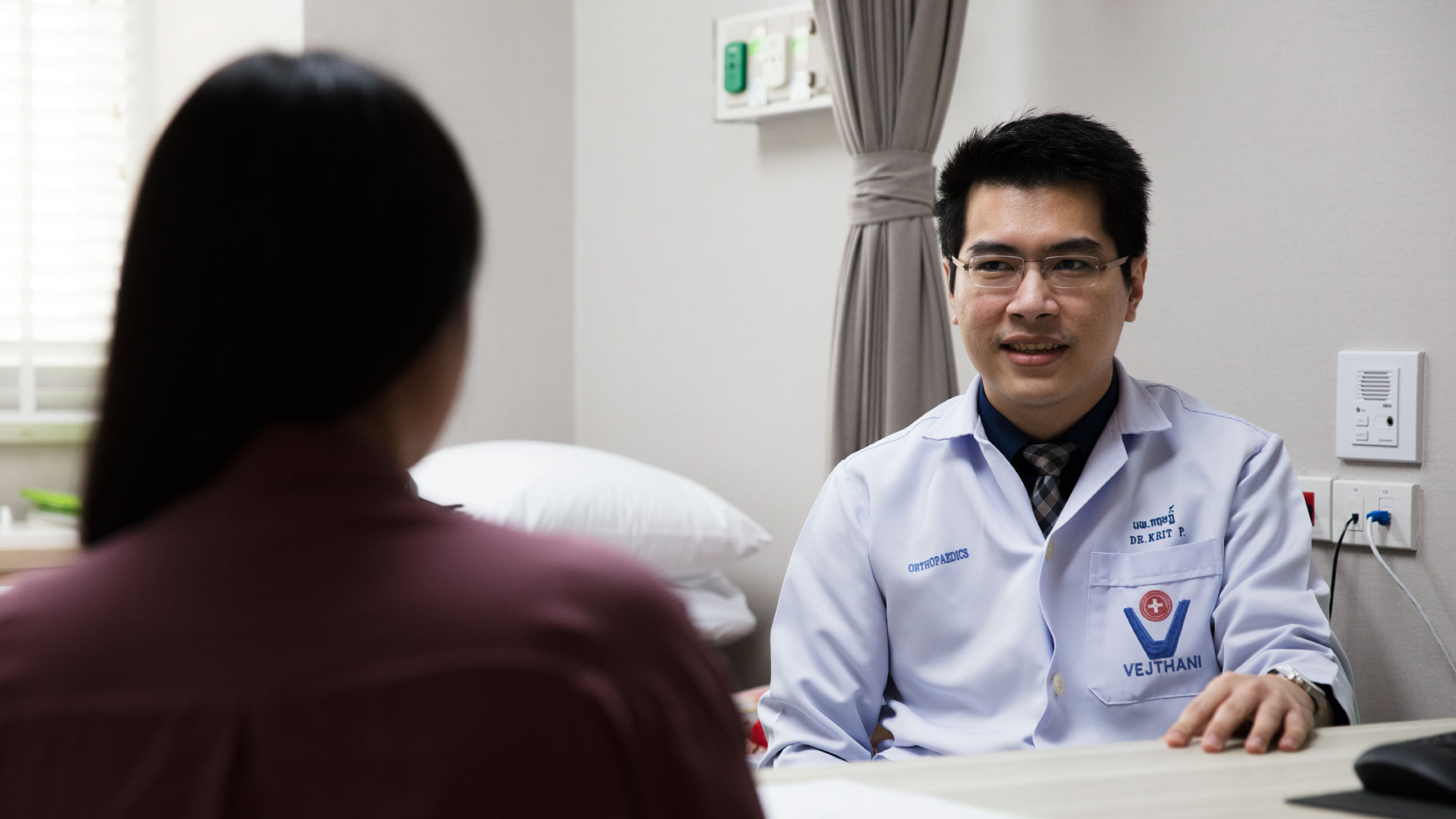
The experts of The Medi-Dyne website are very right when they say that usually, we spend the day doing thousands of actions, which have become our habit. However, we never stop to think that if we did not have the necessary tools or if any of these failed, we would not be able to carry them out. These essential tools are the bones, muscles, and joints of our body.
Bones are the structure that supports and shapes the body. They are distributed from the head to the feet, and an essential function they perform is to give protection to internal organs such as the heart, lungs, liver, spleen, and supporting body weight.
The Union of one or more bones forms the articulation. They are in charge of allowing us the movement.
On the other hand, the muscles that constitute masses of elastic and resistant tissues that pull the bones drive us to move.
Bones, joints, and muscles form the musculoskeletal system in the company of tendons, ligaments, and cartilage, allowing us to perform thousands of activities daily. Bones are the scaffolding of the body.
They consist of salts of calcium, sodium, magnesium, and other minerals. The calcium they contain is essential for them to be healthy and withstand the weight of the body. Together add up to a total of 206 bones.
Bones alone do not have movement. They must join each other so that they can move according to the function that each has.
We find very mobile joints such as the shoulder, elbow, hip, fingers, wrists, ankle, these are covered by cartilage, and ligaments support their joints.
There are joints of bones motionless or with minimal movements, such as the joints of the skull.
The muscular action defines the movement of a bone. The motor is this contraction that will cause signs of flexion, extension, adduction, or abduction.
In childhood, bones are strengthened; some of them grow as cartilage and calcify in later stages. Prevention and care of Bone are vital during this stage as it will allow a greater degree of bone mass upon reaching old age.
In adolescence, increases bone density, so balanced nutrition, and regular exercise are paramount.
During adulthood, hormonal changes severely affect bone quality. Therefore, a diet rich in dairy and adjusted salt and protein is required to prevent osteoporosis.
When you reach old age, there is a decrease in the bone around 30% to 50%. This is why prevention in earlier stages has so much meaning in this stage of life.
The joints allow movement; that is their vital function. Some are hypermobile as the shoulder that helps 360° movements, and others are more restricted, such as the knee with only two movements (flexion and extension).
Our body consists of 650 muscles. These pull the joint and then execute a movement.
There are three types of muscles:
Skeletal: these are the ones that cover the bone. They are voluntary muscles; that is, the contract by the action of the person.
Smooth: they are made up of smooth-looking fibers. They are involuntary; that is, their contraction is performed automatically by the nervous system’s action. Such as muscle tissue found in the veins and arteries or digestive tract.
Cardiac: it is the heart muscle. It’s self-stimulating but involuntary as well.
The functions of the muscles are many; among them are:
- Cause movement
- Give stability to joints.
- Give tissue protection
- Maintain posture
Report on the physiological state of the body. For example, there are contractions in the smooth muscle generating severe pain as a symptom that warns the need to visit a doctor when there is renal colic.
Now that you are clear about the importance of your bones, muscles, and joints, you must understand that even the slightest alteration in them will affect everyone else’s function and, therefore, your quality of life. One of the best options for your care and rehabilitation can be found on the Medi-Dyne website.










